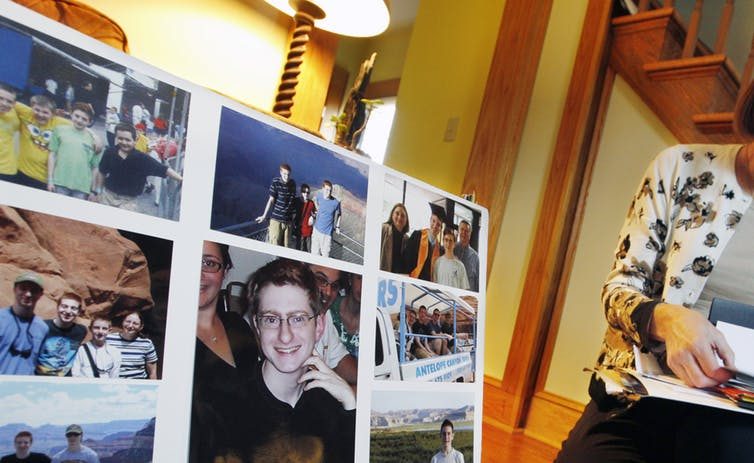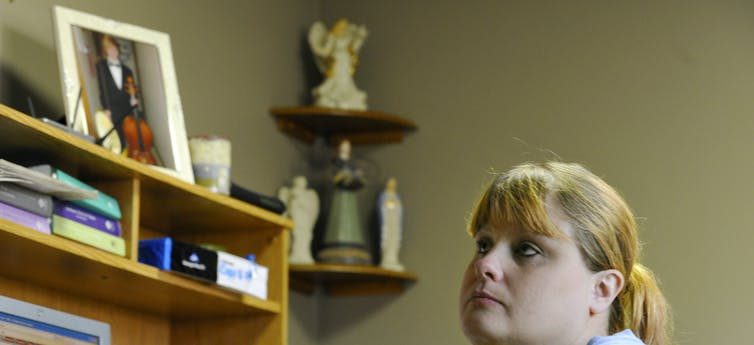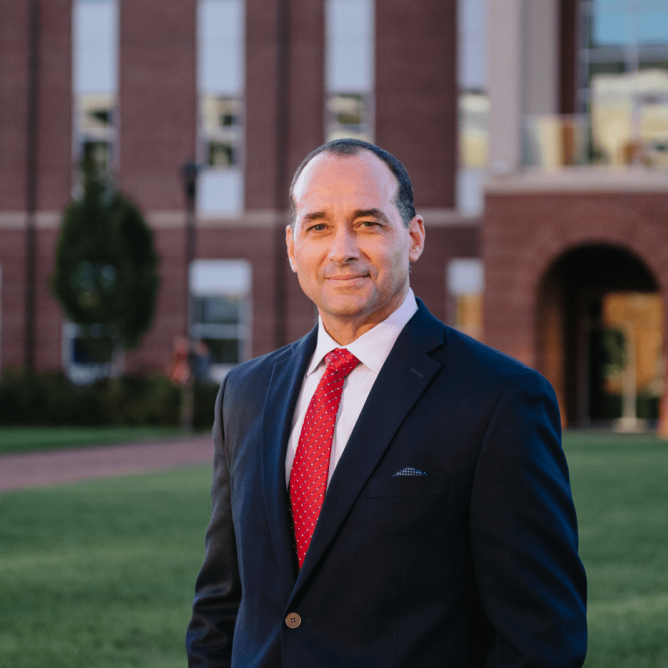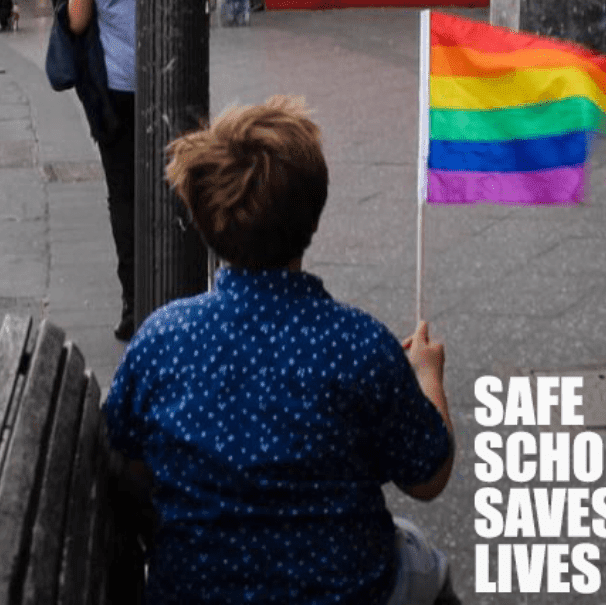 Dharun Ravi spent weeks gossiping with his friends about the sexual orientation of his freshman roommate at Rutgers University in New Brunswick, New Jersey. Initially, he texted and used social media.
Dharun Ravi spent weeks gossiping with his friends about the sexual orientation of his freshman roommate at Rutgers University in New Brunswick, New Jersey. Initially, he texted and used social media.
His roommate, Tyler Clementi, eventually learned that Ravi had secretly used a webcam to film his intimate moments with another man. On Sept. 22, 2010, Clementi jumped to his death from the George Washington Bridge.
In January 2011, the state responded by passing the Anti-Bullying Bill of Rights. While all 50 states have passed anti-bullying laws in the past decade, mainly to address growing concerns over cyberbullying, New Jersey’s is among the strongest.
I’m an instructor for New York state’s anti-bullying training programs for public school staff, providing the six hours of required training mandated by the state’s law, which was implemented in 2012. I also consult with school counsellors to create programs and events to prevent bullying and improve school culture.
I have trained more than 3,000 teachers, counsellors, administrators and other educators to identify and intervene when bullying occurs. In my work, I can see that although not everyone remembers Clementi’s tragic death, it had lasting consequences.
Changing definitions
After six years of intense and complicated litigation, Ravi was convicted of attempting to invade Clementi’s privacy, but the state dropped 14 other charges against him. In 2010, what he and his friends did wasn’t legally considered “bullying” – aggressive behaviour that usually is repeated and intended to harass, threaten or intimidate someone.
In the decade since Clementi’s death, the public’s understanding of what constitutes bullying has changed, and not just on college campuses. The definition of the word itself has broadened to include behaviours that may not be repeated or even intended to be hurtful.
Under most state anti-bullying laws governing public schools, a single incident could be reported as bullying. And specific personal characteristics have become protected in much of the country, including the 21 states that explicitly prohibit bullying based on sexual orientation and gender identity.
Even incidents of unintentional or even unconscious comments or actions that cause harm, commonly called “microaggressions,” are now increasingly being recognised in many states as bullying.
These policy changes have occurred as the percentage of Americans who identify as LGBTQ has steadily risen. The Gallup polling organisation estimates that 4.5% of Americans are lesbian, gay, bisexual or transgender. Still, other research suggests that the share of teens who are LGBTQ is much higher than that.
Moreover, 3% of first-year high school students, sophomores and juniors identify as transgender, “gender non-conforming,” or “genderqueer,” University of Minnesota researchers have estimated.

Suicidal thoughts
A growing number of students now use a galaxy of terminology under the umbrella of “transgender” – a term for anyone who doesn’t self-identify as the sex they were assigned at birth.
According to the 2017 National School Climate Survey, more than half of LGBTQ youth experienced verbal harassment, and about a quarter was physically bullied. Most LGBTQ kids felt unsafe in their schools due to gender expression.
Notably, nearly two-thirds of the transgender teens who participated in the University of Minnesota study reported that they had experienced suicidal thoughts – triple the rate for their peers – at a time when youth suicide attempts are rising.
A quarter of children between the ages of 12 and 14 who complete suicide are LGBTQ, according to a study by Geoffrey Ream, a social work associate professor at Adelphi University.
Being indirect but dangerous
Feeling unsafe at school is not only a product of name-calling, slurs or getting pushed in the hallway. It’s also related to implicit bias and microaggressions against LGBTQ students. Implicit bias is negative beliefs about a group derived from attitudes or stereotypes mainly outside conscious awareness and control.
The federal definition of bullying acknowledges that there are two modes: direct and indirect.
The direct kind occurs in person or through emails and texts. It can include taunting, name-calling or harassing messages on social media. As many as 1 in 3 U.S. students say they have experienced this form of bullying at school, most commonly in middle school.
The indirect variety happens out of sight. Like in Tyler Clementi’s case, it can occur through spreading rumours or gossip and is intended to harm someone’s reputation. A good example would be a series of tweets meant to belittle someone or damage their reputation but not sent directly to them.
Recognising the less apparent kinds of bullying
But despite changes in the law, including increased protections for LGBTQ students in public schools, bullying is still a problem between pre-K and high school and college. In my experience, schools fail to do enough about bullying when staff members frown upon intolerant behaviour without addressing it head-on.
Adults who fail to take action when they witness bullying, or who even model intolerant behaviours themselves, send signals to their students without realising it. When that happens, they can end up worsening a school’s bullying problems by condoning discrimination and creating a culture of intolerance.
The teachers and counsellors I train need additional guidance to support their LGBTQ students fully. For example, many of these school employees don’t understand the differences between sex, gender and sexual orientation.
Traditionally the term sex is a label that refers to biological traits, including sex organs and chromosomes. A doctor assigns it at birth and goes on your birth certificate. Gender refers to characteristics that differentiate masculinity from femininity and the degree to which a person displays these traits. Sexual orientation refers to who you are attracted to and have intimate relationships with.
But laws like New Jersey’s Anti-Bullying Bill of Rights require public schools to respond with appropriate interventions, including consequences for bullied students.
And unfortunately, many of the counsellors and teachers I’ve trained don’t seem to recognise the less obvious forms of bullying. A good amount of the six hours I have with them is focused on identifying and addressing direct bullying.
It would take a lot more time to get them up to speed. Unless school administrators, teachers, and counsellors start to deal with the underlying causes of the bullying of LGBTQ students, I fear that preventing tragedies like those in a Rutgers University dorm will never be possible.
[ Get the best of The Conversation every weekend. Sign up for our weekly newsletter. ]![]()
Daniel A Cinotti, Associate Professor of School Counseling and Director of Counseling Programs, New York Institute of Technology
This article is republished from The Conversation under a Creative Commons license. Read the original article.


